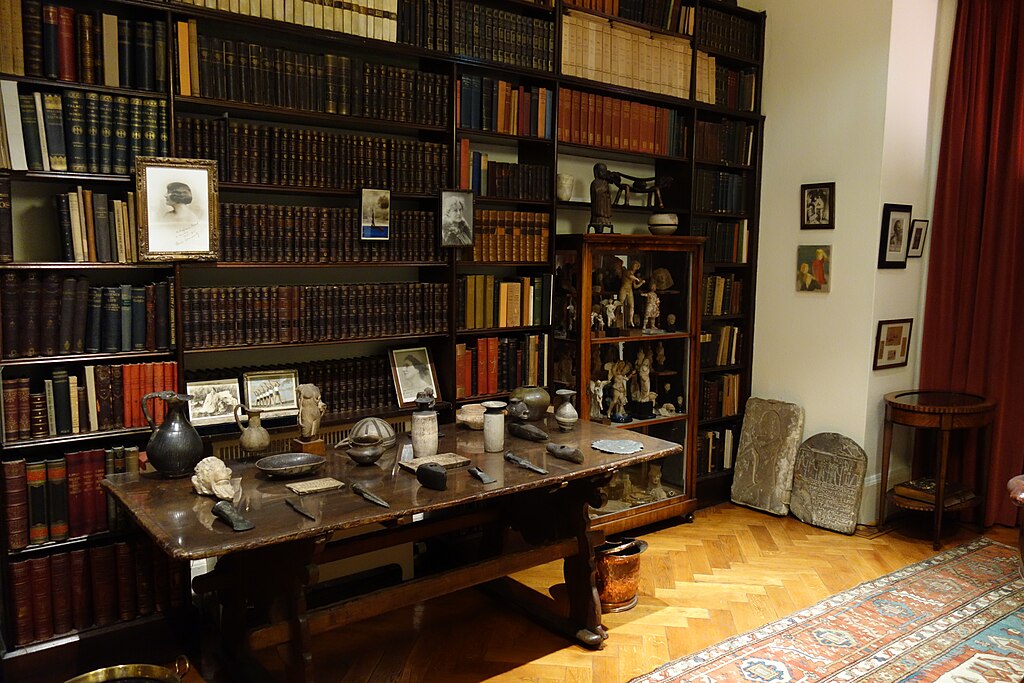Leisure • Literature
Sei Shōnagon — The Pillow Book
It feels natural, at times, to lament how boring our lives are. We do the same sorts of things each week, nothing special or exciting ever seems to happen. We enviously compare our dull routines to the adventures of others.
An antidote to our sense of tedium can be found in the work of Sei Shōnagon. Around a thousand years ago, she kept a journal of the decade or so she spent as a lady-in-waiting at the Imperial Place in Kyoto, then the capital of Japan.

Despise the high-status of her job, her daily life was, externally, deeply uneventful: an afternoon’s carriage ride outside the walls of the court compound might be the highlight of a year; a day trip to hear a sermon in a temple seems to have been the farthest extent of her travels; she spent all most all of her time indoors, in just two or three rooms; she saw the same few people month after month; her work largely involved keeping respectfully silent, knowing when to bow and remembering the complex titles of various officials.
And yet The Pillow Book gives the impression that she had a wonderful time. We don’t really know where the lovely title of the book came from; perhaps she slept with it under her head, occasionally adding a thought or observation by the light of the moon.
Typically she asks herself questions, for instance: what is the nicest time of day? In the summer: it’s the night, especially if it’s raining; in Spring she prefers the dawn; in Autumn, sunset; in winter, the morning. An ‘event’ in her day includes observing the frost on the branches of a plum tree or enjoying the beating of the rain on the veranda roof. Such things don’t sound very thrilling, but by concentrating on them and appreciating them, they become deep sources of satisfaction.

Or she might ask herself: what is it fun to see? It might be someone who is usually very formal in their dress turning up looking a bit disheveled; a curtain at an open window billowing in the breeze; a cat walking easily along the top of a narrow railing; water droplets on leaves in the garde; porters cleverly maneuvering a big load that one would think would be impossibly cumbersome to carry; people whose clothes match the colour of the room they are in.
She makes lists of words that sound intriguing, and of place names that sound romantic. She delights in describing little things that annoy her: someone who takes too long telling a good story; something clever she could have said, but didn’t think of at the time; trying to get something done too quickly, making a mess of it and having to start all over again.
As we read we might wish our life were as interesting as hers: and yet she is secretly sharing the technique that would make our own existence equally rich if we knew to ask ourselves more interesting questions. As with so many great books it leaves us not so much wanting to read it again as to start writing our own private version.


















